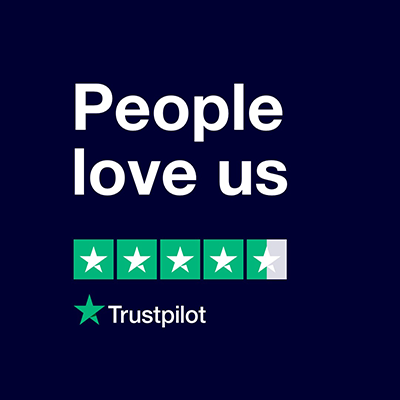Imagine leaping from one high-rise building to another in central London. With adrenaline pumping, you jump hard as you can, but as the milliseconds pass, with rising panic, you realise you are not quite going to land the way you had envisioned, cleanly onto the roof that is rapidly coming towards you. Instead, you hit the corner of the building with all of your force, causing your ankle to snap in two places. You made it alive, but not in one piece. Understandably you may be wondering what this has to do with workplace accidents, but this is what happened to Tom Cruise when he was working on his new movie Mission Impossible 6 late last year. The injury caused filming to be postponed, and the multi-million-dollar US actor to take many weeks off to recover from his injury.
Getting back to the realms of normality, the aim of this article is to discuss bone fractures due to accidents in the workplace, including the types, causes, preventions, and the recovery process.
Understanding the terminology of broken bones
As we age, our bones become increasingly brittle. As such those of more advanced years tend to be more vulnerable to a fracture, perhaps even just after a light fall. Not all fractures are the same. There are many types, however the main ones to understand are:
- Closed fracture – the bone breaks but there is no rupture of bone through the skin
- Open fracture – the broken bone pierces the skin. Such injuries are prone to infection and hence can be more serious
- Displaced fracture – the bone is broken, and the two parts move out of alignment with one another. This requires careful realignment by trained medical personnel to ensure the bone grows back straight
- Comminuted fracture – the bone breaks into 3 or more pieces
- Stress fracture – the bone breaks following repeated force being applied (common in sports injuries)
- Impacted fracture – once broken, the two parts of bone are forced into each other, effectively making it shorter

Causes of fractures in workplaces
There is no doubt that slips & trips are enemy number one when it comes to breaking bones in the workplace. Not only are slips & trips the primary cause (29%) of all major injuries at work in the UK , 95% of these result in a broken bone, according to the Health and Safety Executive (HSE) .
Other common causes include crushing from heavy items, machinery, and equipment, and falls from height. It is the role of employers to ensure that all potential risks to health and safety are identified and acted on. In doing so, it is crucial that a culture of safety is strongly embedded within businesses, to ensure that everyone is alert to potential dangers, and there is full compliance with the instructions, guidance and training given by the employer.
Recovering from a broken bone
If you have had an accident at work and suffered a fracture, or you suspect you have, it is extremely important you seek medical assistance if you haven’t already. Many of us will have heard stories of people breaking bones but not realising the severity of their injury until the following day. And it might not always be obvious that a bone is broken. The signs to look for are: pain, swelling & bruising, deformity of the bone, inability to bear weight (if you have injured your foot, leg or hip). You may also feel nauseous, dizzy or sick . It is recommended that ice is applied immediately following the injury to reduce swelling.
The treatment you receive will vary according to the bone broken, the type of break and the severity. If the break is complicated, especially if the bone is in many pieces, surgery may be required to put the pieces back together. You may be given a support device, such as a splint, brace, or cast while your bone heals. The healing time again varies depending on the bone affected, the severity and complexity of the break, and the age of the injured person. The typical period for a bone to heal is between six and ten weeks. During this time you may not be able to return to work, depending on the role you perform. You may also require physiotherapy to strengthen the affected part of the body, and to enable normal function to be recovered.
Recovery can be complicated
In the short term, recovery from a fracture can be slowed by factors such as diabetes, use of non-steroidal anti-inflammatory drugs in the past twelve months, and oestrogen-containing hormone therapy . Even once the initial fracture is healed, it is common for people to people to have problems later in life, including arthritis, osteoarthritis, and complex regional pain syndrome (CRPS).
If you have broken a bone at work, you might be able to claim compensation
Under the Health and Safety at Work Act (1974) and the Management of Health and Safety at Work Regulation (1999), your employer is legally obligated to ensure your health and safety while at work. If you have broken a bone while working, our team can assess if you have a good chance of achieving financial compensation to cover your losses – including the pain and suffering you have endured, the costs you have incurred, and to help cover your living costs while you are unable to work. It is recommended that you take photographs of the site of the accident and your injury and get the details and version of events from any witnesses; this will provide documentary evidence and improve your case for compensation.
At Russell Worth Solicitors we specialise in personal injury claims. If you have suffered a workplace injury and would like a free claim assessment, please call us now on 0800 028 2060 or complete our Online Claim Assessment.

